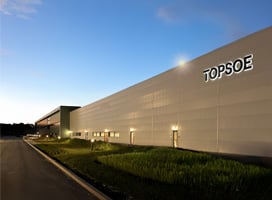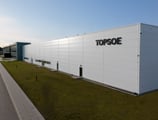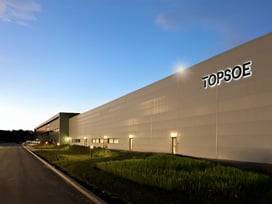Ammonia is a versatile chemical compound that has primarily been used as a fertilizer in agriculture to feed the world’s growing population, as well as in the production of numerous other chemicals, such as plastics, pharmaceuticals, and explosives.
Ammonia as a low-carbon energy carrier is receiving significant attention. Its high-energy density makes it an attractive fuel source, and when produced through a sustainable production method (blue or green ammonia), ammonia can be used for decarbonizing the maritime industry. In fact, it is considered a gamechanger in decarbonizing this industry and other energy-intensive industries where direct electrification is not an option. This will create a need for larger ammonia units than ever built.
In short, the uses of ammonia are many.
Knowledge & insights
Featured topics
-
Featured
.png) Topsoe Academy™ Topsoe Academy™ is your chance to tap into over 80 years of accumulated knowledge Find out more
Topsoe Academy™ Topsoe Academy™ is your chance to tap into over 80 years of accumulated knowledge Find out more -
 Discover how we meet the new energy reality to drive a sustainable future. Read
Discover how we meet the new energy reality to drive a sustainable future. Read
Solutions
Back
Solutions
Industries
-
Offerings
- Technologies
- Services
- Catalysts
- Power-to-X
News & events
Back
News & events
Careers
-
 If you’re ready to work alongside inspiring people like Hadise, Go solve at Topsoe.A place to make an impactRead
If you’re ready to work alongside inspiring people like Hadise, Go solve at Topsoe.A place to make an impactRead

















.png?width=800&height=640&name=Wind_turbines_on_field%201%20(1).png)

